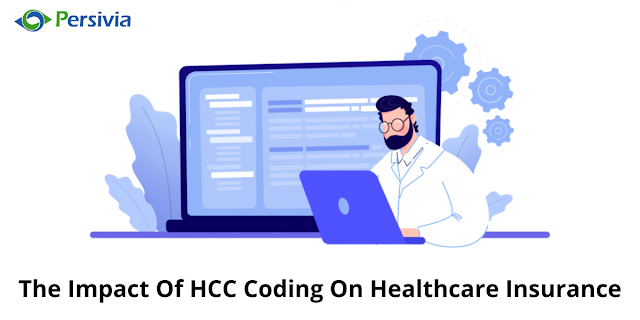The Impact of HCC Coding on Healthcare Insurance
The Hierarchical Condition Category (HCC) risk adjustment framework was first introduced by the Centers for Medicare and Medicaid Services (CMS) in 2004 to risk-adjust Medicare fee for service payments to private health insurance providers of Medicare Advantage plans.
Since then, a variety of value-based pay models, such as ACOs, Direct Contracting, Comprehensive Primary Care Plus, and several others, have refined and modified the Risk Adjustment Solution and HCC Coding approach to include patient associated risk adjustment.
HCC Coding is essential to the financial sustainability of a healthcare facility since it is a critical and essential component of Risk Adjustment Solutions. HCCs provide a comprehensive picture of a patient's health status, only if the codes are appropriately recorded. Besides this, it frequently leads to a significant rise in payment to cover the cost of delivering treatment through value-based programs.
HCC Approach's Conceptual Model
HCC Coding is a hierarchical method that starts with illnesses and conditions listed in the patient’s health file and is transformed into a subcategory of ICD-10 codes in order to find risk adjustment scores. It also detects chronic health conditions that influence future insurance costs. A total of 19 categories in the ICD-10 system have links between 13% of these codes, which are closely linked with medical status and cost.
Understanding the ICD-10 Diagnosis Codes
The ICD-10, or International Classification of Diseases, Tenth Revision, Clinical Modification, is a coding system that organizes all accurate diagnoses included in a patient's medical record, covering symptoms and treatments. The WHO's International Classification of Diseases provides a description of the ICD-10 Code process.
Why Do HCC Codes Matter?
A specific health condition is described by one of more than 70,000 ICD10 codes that are arranged into around 189 HCC divisions. The CMS chooses 75–85 HCC categories each year to manage the risk adjustment programs for Medicare and MA.
Similar illness categories are arranged in hierarchies and converted to HCC codes. The risk adjustment score for an individual is determined using the individual's HCCs, population, and therapy data. The expenses for the current year or the year after are anticipated using the RAF scores (prospective risk adjustment).
Risk Adjustment and Natural Language Processing (NLP) Expertise
Numerous healthcare organizations struggle to identify and document risk-adjusted illnesses in a systematic and practical manner. Key businesses in the healthcare industry employ natural language processing (NLP) in their risk adjustment solutions to enhance HCC Coding and to find and locate previously undetected or incorrectly recorded complications.
NLP in Risk Adjustment Solutions allows fresh viewpoints to broaden the scope and accuracy of record keeping among healthcare stakeholders.




Comments
Post a Comment